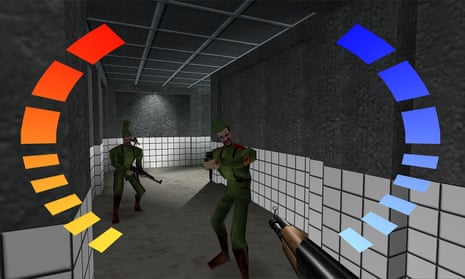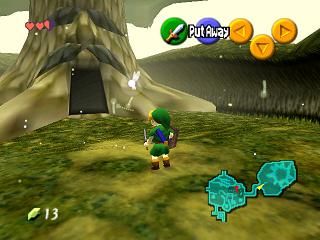- Pronouns
- He/Him
We all know the 1st person and 3rd person perspectives in games.
A 1st person perspective is shown from the point of view of the main character:

A 3rd person perspective is an omniscient outside view of the main character:

But what about the oft-ignored in-between 2nd person perspective? That would realistically be described as the main character being seen from another, non-playable character's perspective. Here comes Super Mario 64:

Super Mario 64 is in fact, not a 3rd person perspective, as the view from which you control Mario is not via an unseen omniscient force. Rather, the whole game is being shown through the eyes, or the camera lens, of Lakitu. We are controlling Mario from a 2nd person perspective from Lakitu's point of view. Other Mario games don't contextualize the point of view in that way and can be classified as 3rd person, but Mario 64 stands alone. This is the true revolutionary gameplay that Super Mario 64 brought to the table, and it's time it gets the recognition it deserves for it.
A 1st person perspective is shown from the point of view of the main character:

A 3rd person perspective is an omniscient outside view of the main character:

But what about the oft-ignored in-between 2nd person perspective? That would realistically be described as the main character being seen from another, non-playable character's perspective. Here comes Super Mario 64:

Super Mario 64 is in fact, not a 3rd person perspective, as the view from which you control Mario is not via an unseen omniscient force. Rather, the whole game is being shown through the eyes, or the camera lens, of Lakitu. We are controlling Mario from a 2nd person perspective from Lakitu's point of view. Other Mario games don't contextualize the point of view in that way and can be classified as 3rd person, but Mario 64 stands alone. This is the true revolutionary gameplay that Super Mario 64 brought to the table, and it's time it gets the recognition it deserves for it.
Last edited:

